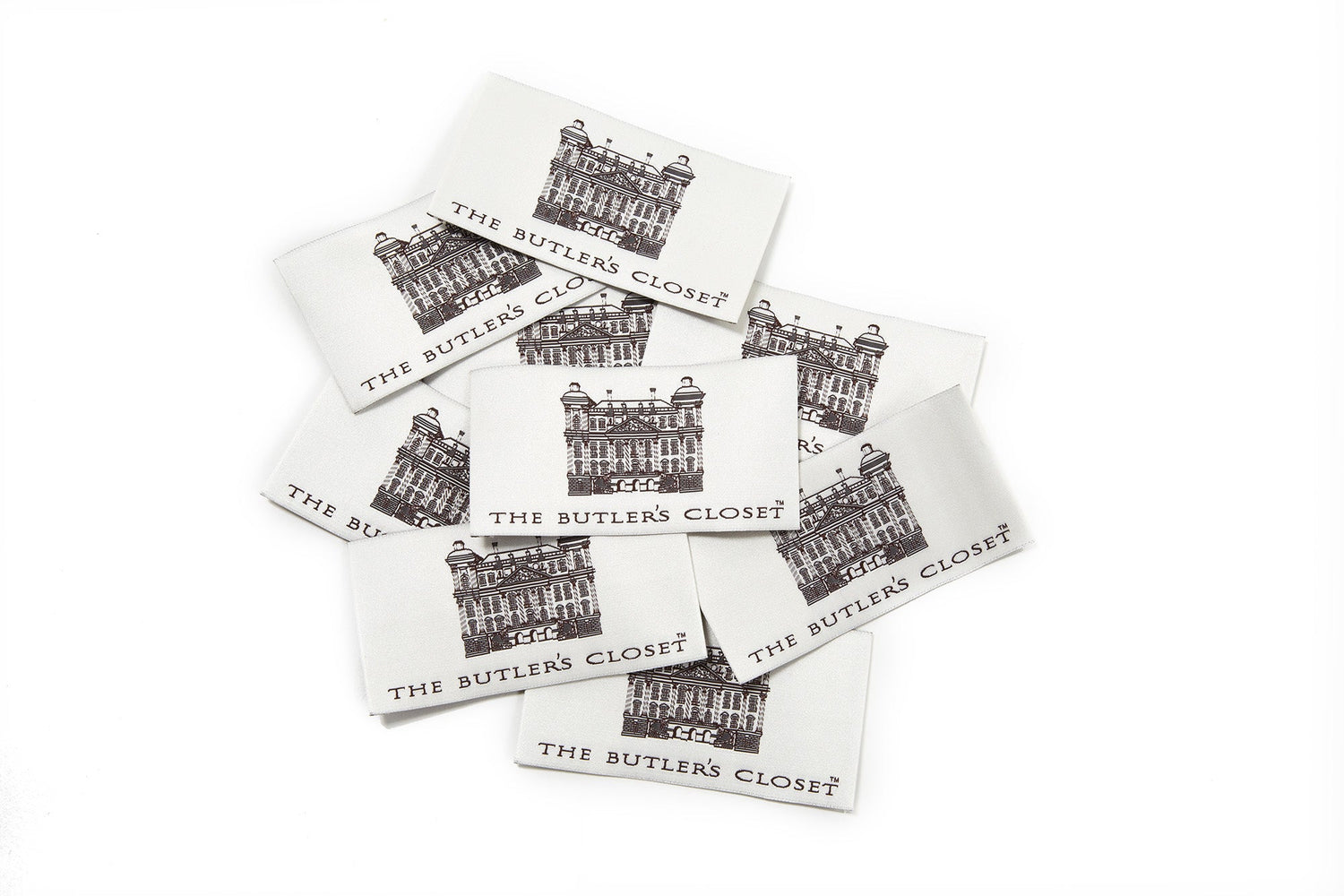How to Care for Fine Linens and Tablecloths
On special occasions, everyone uses the very best table linens.
Some linens are newly purchased. Others have deep sentimental value as family heirlooms.
After the holiday dinner or special party these beautiful linens may be washed, but most often, as they are large and hard to launder, they are sent to the dry cleaner. When they return, now in a pristine state and ready for the next fête (weeks or months in the future) they are usually left hanging in the closet in a plastic dry cleaning bag.
Dry cleaning chemicals––left as residue on the material––along with the gases from the petroleum based plastic bags, make a potent combination. Linens are often stored away in stuffed, airless closets and the combined effects of the gases and lengthy storage often result in changes to the fabric.
Most of the linens we use, for the table or in our bedrooms, are made from natural products (cotton, linen or silk) that can deteriorate over time depending on how they are stored.
Here is the best way to care for these important linens and special heirlooms:
- Wash and press your fine linens according to the care label.
- Avoid excessive starch that can attract insects and lead to yellowing over time.
- If you have linens dry-cleaned, remove them from the plastic bags as soon as you bring them back to your home.
- If you are hanging linens in a closet, use FINE LINEN CARE COVERS to cover tablecloths or special bedding.
- Be sure to use a hanger that will not rust.
- You may also store linens by laying them flat on a shelf (or in a deep drawer) covering them in acid free paper.

